Imja Tsho is a glacial lake in the Everest region in the Himalayas. Located at an altitude of 5010 meters, Imja Tsho is one of the highest glacial lakes in the world. The melt of the Imja Glacier, one of the fastest retreating glaciers in the Himalayas forms Imja Tsho lake.
Climate change has led to an acceleration in the melting of the Imja Glacier which has resulted in the increase of the lake’s size over the past few decades. The lake is currently thought to be in risk from a “glacial lake outburst flood” (GLOF), which implies that if the dam keeping the lake’s water in place were to fall, it may cause catastrophic flooding downstream.
Imja Tsho continues to be a popular place to trek and climb mountains despite the risks. Mount Makalu and Mount Lhotse, among other majestic mountain peaks, frame the lake in awe-inspiring fashion. The region is also home to the majestic and elusive snow leopard, as well as a variety of other flora and animals that may be seen while trekking through it.
Details of Imja Tsho Lake Trek
| Name of the Trek | Imja Tsho Lake trek |
| Trekking Region | Sagarmatha National Park, Everest and Khumbu Region |
| Trekking Difficulty | Very challenging; needs previous experience of trekking at high altitude |
| Number of Days | 13 days |
| Maximum Elevation | 5010 m |
| Accommodation | Homestay, tea houses and local lodges |
Highlights of Imja Tsho Lake Trek
- Trekking in the Solu-Khumbu region of Nepal, but on a less popular path than the renowned route to Everest base camp.
- Experience the Sherpa culture and friendliness firsthand.
- Breathtaking views of the Himalayan peaks, including Taboche 6367 meters, Cholatse 6335 meters, Island peak 6189 meters, Amphulapcha 5663 meters, and Chhukung 5833 meters, as well as some of the top ten mountains in the world, including Everest 8848 meters, Cho Oyu 8201 meters, Lhotse 8516 meters, and Makalu 8481 meters.
- Discover a wide range of species, including yaks, mountain goats, and, if lucky, the rare snow leopard.
- The Imja Tsho lake, which is the final stop, is a stunning glacial lake situated at a height of 5,010 meters above sea level.
Also see: Imja Tse (Island Peak) – YTROT
Itinerary of Imja Tsho Lake Trek
Day 1: Arrive in Kathmandu and transfer to hotel.
Day 2: Fly to Lukla and trek to Phakding
You will take a quick half hour flight from Kathmandu to Lukla because your booking and reservations for the mountain trip to Lukla will have already been made. With instant vistas of the Himalayas following takeoff, the short flight is incredibly exciting. We will hike to Pkahding after arriving in Lukla to complete our journey for today. The three to four-hour journey from Lukla to Phakding is a reasonably straightforward one. Trekkers will pass through Sherpa communities and woods, and they’ll get the chance to see a variety of birds and animals along the way.
Day 3: Trek from Phakding to Namche Bazaar
As we travel farther north today, the broad trail you followed yesterday starts to gently climb through a number of villages. After a few hours of leisurely walking, when you arrive at the settlements of Monjo and Jorsale, take a break and get ready for your first significant ascent of Namche Bazaar. Get out of the settlements and walk slowly up the Dudh Kosi riverside to a tall, popularly photographed suspension bridge. The ascent from the suspension bridge to Namche is slightly under 600 vertical meters long and takes most hikers about two hours to complete.
Establishing and maintaining a modest, steady speed is the greatest strategy for tackling the ascent. Take your time and don’t rush; if you run out of breath or move too quickly, you’ll pay for it later when the altitude really starts to affect you. When you get to the Namche bazaar, locate the lodging of your choice and unwind.
Day 4: Acclimatization Day in Namche Bazaar
Take a rest day in Namche if you want to be prepared for the upcoming tougher days. The Everest View Hotel, which is 200 meters higher than Namche and boasts a beautiful view of Everest, Lhotse, and Ama Dablam, is an excellent place to go on your rest day to get some exercise. To understand more about the locals and their way of life, take a day trip to the nearby village of Khumjung or visit the Sherpa Museum. On your day of rest, proceed with caution and pay attention to the elevation.
Day 5: Trek from Namche Bazaar to Tengboche
9.2 kilometers separate Namche Bazaar from Tengboche. At 3,870 meters above sea level, lies Tengboche village, one of the best locations to view Mount Everest from. As you progress up the slope, you’ll see that the number of trees has begun to decrease in density, and before you realize it, you’ve crossed the clearly defined tree boundary. Stupas erected in honor of Buddha will now be visible to you. It takes five to six hours to walk from Namche Bazaar to Tengboche.
During the journey from Namche bazaar to Tengboche, you can acquire a lot of information about the monastery at Tengboche and Sherpa culture. Trekkers join in the daily prayers at the monastery with the monks and get their blessings.
Day 6: Trek from Tengboche to Dingboche
From Tengboche, the trail sharply falls through a forest of pine and rhododendrons. Along the trip, you’ll pass through a variety of small towns, including Pangboche and Orsho. You also may get to witness a variety of animals, such as Himalayan pheasants, yaks, and mountain goats.
The journey ends for the day in the small village of Dingboche, which is located at an elevation of 4,410 meters.
Day 7: Acclimatization Day in Dingboche
You can either spend the day exploring the neighborhood and its surroundings or embark on a day hike to one of the nearby viewpoints. You need to give your body some rest and let it to adjust to the elevation as you are well over 4000 meters above sea level.
Day 8: Trek from Dingboche to Lobuche
More difficult than the previous days’ trip, the distance between Dingboche and Lobuche takes about 5 to 6 hours. The trail ascends steeply through a desolate landscape after leaving Dingboche. You will pass through the villages of Dusa and Pheriche as you continue your walk, and you will get the chance to go to the Pheriche clinic run by the Himalayan Rescue Association. The trail then continues to Lobuche, the final stop, a little settlement at a height of 4,910 meters.
Day 9: Trek from Lobuche to Imja Tsho lake and back to Lobuche
Depending on your pace, the distance from Lobuche to Imja Tsho Lake usually requires 3–4 hours to complete. There are roughly 7 kilometers between Lobuche and the lake (4.3 miles). The walk from Lobuche to Imja Tsho Lake is moderate to difficult and is over rocky terrain with some steep sections. You will need to return to Lobuche after exploring and admiring the glacier lake’s beauty. Obviously, the trip back is easier on the legs.
Day 10: Trek to Tengboche
We will start by walking through Dingboche, a village known for its stone walls around potato fields and alpine pastures. We will then continue on through the Imja Khola valley, eventually arriving at Pangboche Village, the main year-round settlement in the valley. From there, we will make our way to Tengboche.
Day 11: Trek to Namche Bazaar
We pass through forests on the route to Namche Bazaar that are home to highland fauna including pheasants, musk deer, mountain goats, and even snow leopards. We shall be climbing down the rocky slopes dotted with chortens and prayer flags. You can observe the summit of Everest and Lhotse’s backside from the trail.
Day 12: Trek to Lukla
The last day of our trek will take us back to Lukla. We will hike down a steep trail to the Hillary Suspension Bridge after breakfast. To get to Lukla, though, we continue going through a number of nearby settlements in the Dudh Koshi River Valley.
Day 13: Fly Back to Kathmandu
You have finished one of the most challenging yet thrilling treks in the Himalayas, if not the entire globe. Here, a flight return to Kathmandu puts an end to your journey.
Best Time for Imja Tsho Lake Trek
The best time to visit Imja Tsho Lake will depend on your personal preferences and the activities you plan to do there. In general, the weather in the Himalayas is most pleasant from September to November and from March to May. These months offer clear skies and moderate temperatures, making them the most popular times to visit. If you prefer colder weather and are planning to do some winter sports, the months from December to February may be the best time for you to visit. It’s worth noting that the lake is located at a high altitude and can be quite cold even during the summer months, so be sure to bring warm clothing and gear no matter when you visit.
Essentials for Imja Tsho Lake Trek
Here is a list of some of the equipment that you may want to consider bringing on the Imja Tsho Lake Trek:
- Warm and waterproof clothing, including a down jacket, thermal layers, and a waterproof shell
- Hiking boots or shoes with good traction
- A daypack to carry your essentials during the trek
- A sleeping bag rated for cold temperatures
- A headlamp or flashlight and extra batteries
- Sun protection, including sunglasses, sunscreen, and a hat
- A first aid kit, including any personal medications
- Snacks and energy bars for the trail
- A water bottle or hydration system and a water purification method, such as water purification tablets or a filter
- A camera or other means of documenting your journey
- Trekking poles, if you find them helpful for balance and support on the trail
It’s important to pack lightly and only bring essential items, as you will be carrying your own gear throughout the trek. You may also want to consider hiring a porter to carry your gear for you.
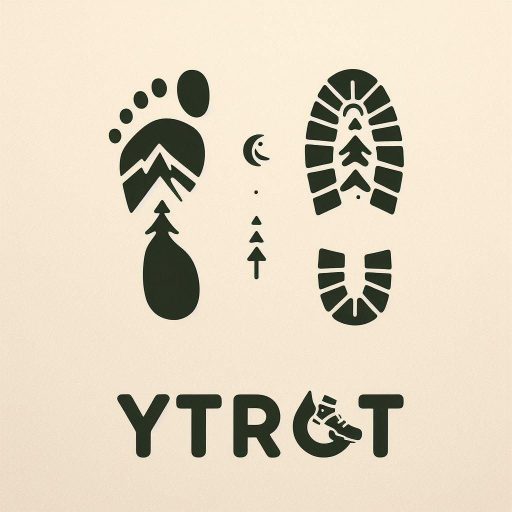
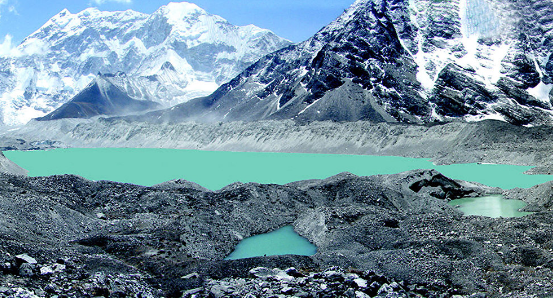
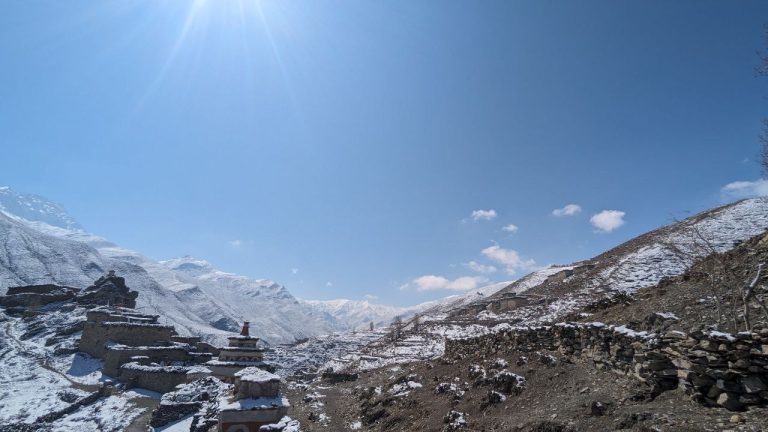
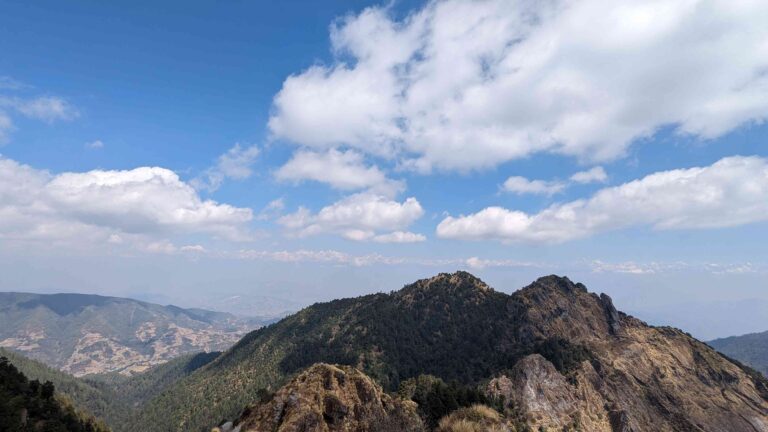
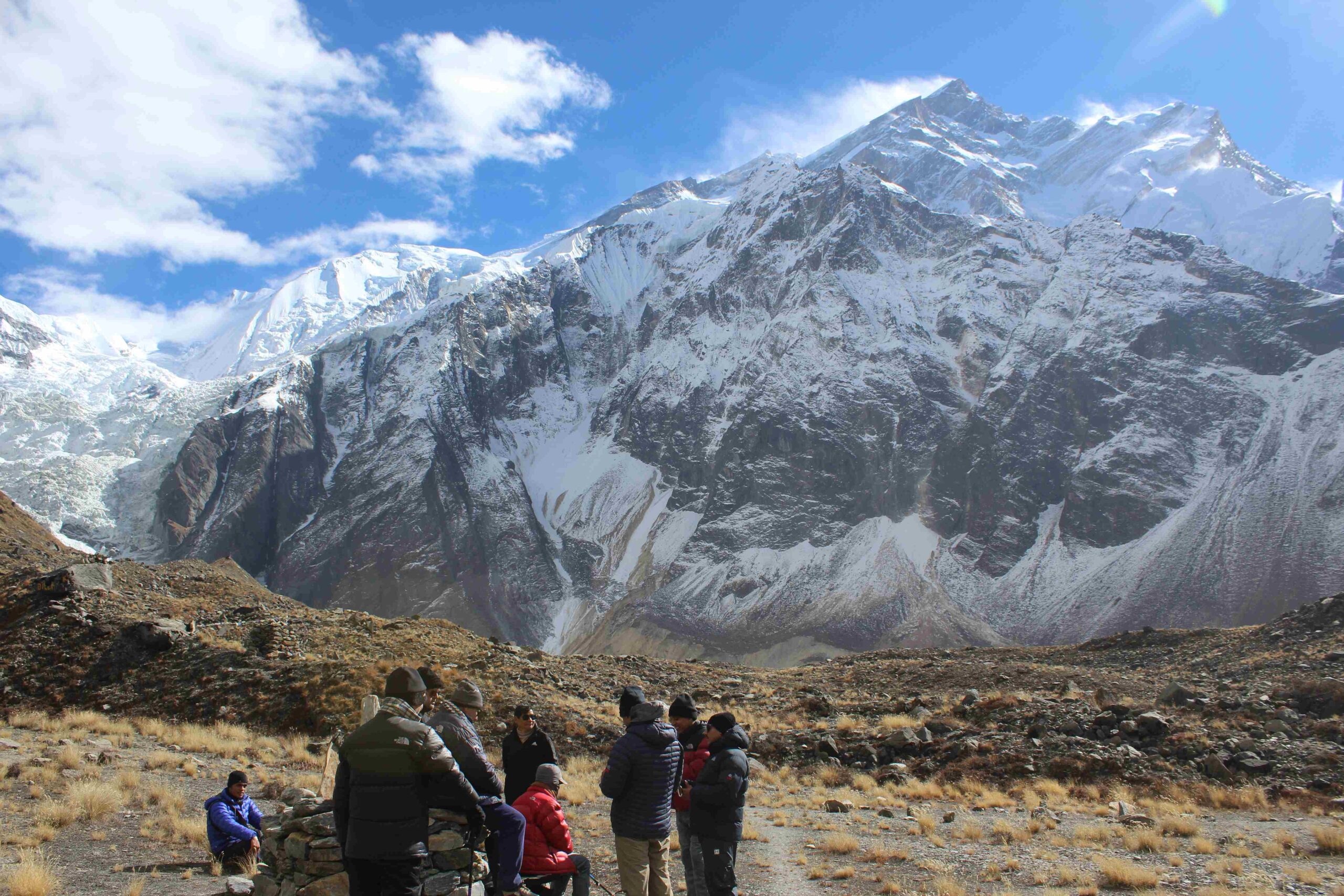
Keep a photo please
Thanks.